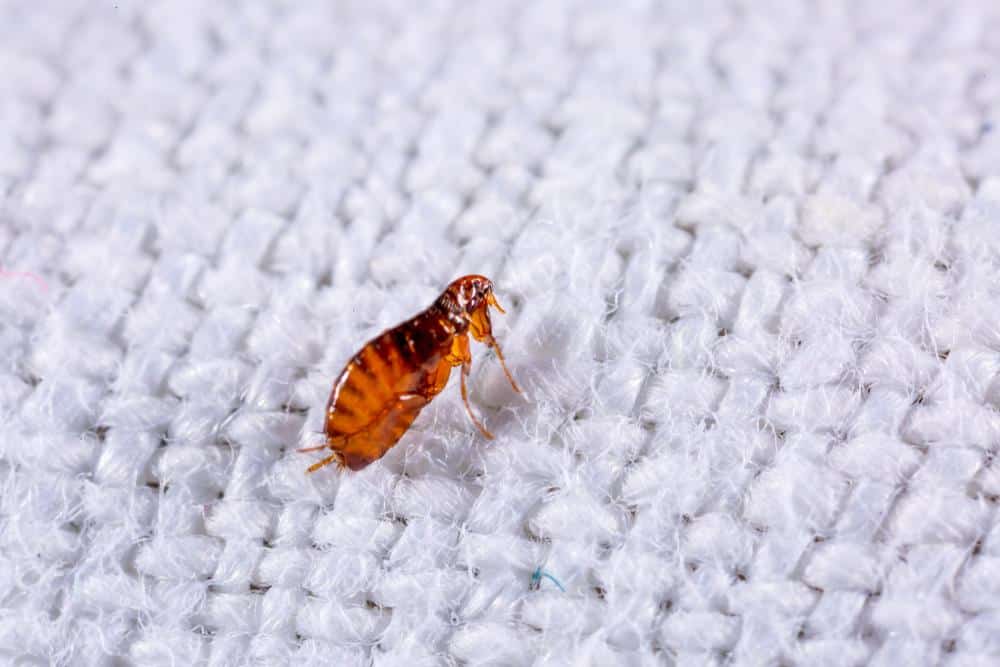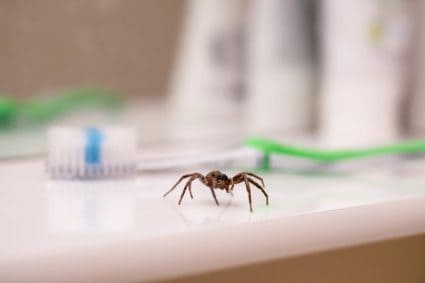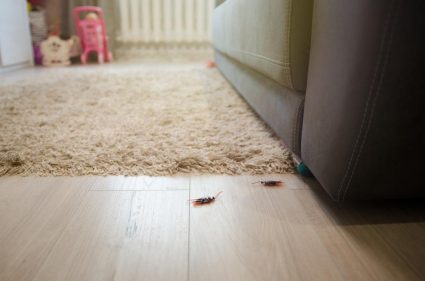
Fleas are tiny, wingless parasites that survive by consuming the blood of their hosts, which can include humans and pets. Flea infestations can cause discomfort, health issues, and be challenging to eradicate. It’s crucial to identify the signs of a flea infestation early to take immediate action. This comprehensive guide will help you understand how to know if you have fleas, the health risks they pose, and effective methods for treating and preventing flea infestations.
You can know if you have fleas by looking for signs such as itchy, raised red bumps on your skin, especially around the ankles and lower legs. If you have pets, they may scratch, lick, or bite their bodies excessively. You can also check for fleas by looking for flea dirt, which looks like small black pepper specks on your pet’s skin, bedding, carpets, or furniture. Other signs include redness, scabs, or small raised red dots on your pet’s skin.
Signs of Flea Infestations
The first signs of a flea infestation often appear as flea bites on humans and pets. In humans, flea bites typically manifest as small, raised red bumps that are extremely itchy. They usually occur around the ankles and lower legs but can also be found around the waist, armpits, creases of the elbows, and behind the knees.
Pets with fleas may exhibit symptoms like excessive scratching, licking, and biting at their bodies. You can check for fleas by combing or brushing your pet carefully, examining the brush or comb for adult fleas. Look for red pimples or bumps on your pet’s groin, belly, under the legs, or at the base of their tail, which may indicate flea bites.
Spotting Fleas on Pets and in the Home
To spot fleas on a pet or in the home environment, you can look for the following signs:
- Increased itching and scratching: Pets with fleas may scratch or bite their skin more than normal.
- Skin irritation: Check your pet’s skin for redness, scabs, or small raised red dots, which could be flea bites.
- Flea dirt: Flea feces, also known as flea dirt, looks like small black pepper specks. You can find it on your pet’s skin, bedding, carpets, or furniture. If you wet the flea dirt on a paper towel, it will turn red.
- Flea comb: Use a fine-toothed flea comb to check your pet’s fur, especially around the neck, tail, and thinly-haired areas like the abdomen. Have a bowl of soapy water ready to drown any fleas you find.
- White towel or sheet: Have your pet stand over a white towel or sheet while you groom them. Flea dirt will be easier to spot as it falls onto the fabric.
- Check the home environment: Fleas can be found in carpets, cracks in wood floors, gaps in baseboards, bedding, blankets, couches, and pillows. Vacuum these areas regularly to remove flea eggs, larvae, and adults.
Health Risks Associated with Flea Infestations
Flea infestations can pose various health risks for both humans and pets. For humans, fleas can transmit diseases such as plague, flea-borne (murine) typhus, and parasites like tapeworms. Flea bites can also cause allergic reactions, discomfort, itchiness, and irritation.
Pets with flea infestations can experience flea allergy dermatitis, tapeworm infestations, canine Bartonellosis, anemia, and contact dermatitis.
Preventing Future Flea Infestations
Preventing future flea infestations involves regular cleaning, pet care, and flea treatments. Vacuum regularly, wash pet bedding, limit your pet’s outdoor time, and maintain your yard. Consult a veterinarian about flea control products and treat pets for fleas year-round.
Remember, early detection is key to effectively managing and eliminating flea infestations. By understanding the signs of fleas and taking prompt action, you can keep your home and pets flea-free.
Frequently Asked Questions
How long does it take to get rid of fleas in a home?
The time it takes to get rid of fleas can vary depending on the severity of the infestation and the methods used. Generally, it can take anywhere from a few days to several weeks. It’s crucial to treat both your pets and your home simultaneously to ensure all stages of the flea life cycle are eliminated.
Can fleas live on humans?
While fleas can bite humans, they do not typically live on human hosts. Fleas prefer hosts with a lot of body hair like cats and dogs. However, if the infestation is severe, fleas might temporarily stay on humans.
What are the most effective flea treatments for pets?
The most effective flea treatments for pets are typically those prescribed by a veterinarian, such as oral medications, topical treatments, or flea collars. Always consult your vet before starting any flea treatment regimen.
Can I get sick from flea bites?
Yes, flea bites can potentially lead to health issues in humans. While most people experience minor symptoms like itchiness and red bumps, some may develop allergic reactions. Fleas can also transmit diseases, though this is rare.
How can you tell the difference between flea bites and bed bug bites?
Flea bites are usually found around the ankles and lower legs and appear as small, raised red bumps. Bed bug bites often appear in a line or cluster and can occur anywhere on the body. Both types of bites are itchy, but individual reactions can vary.











